|
| Links |
We parsed the following live from the Web into this page. Such content is managed by its original site and not cached on Discover Life. Please send feedback and corrections directly to the source. See original regarding copyrights and terms of use.
- Australian Faunal Directory
|
80x5 -
240x3 -
240x4 -
320x1 -
320x2 -
320x3 -
640x1 -
640x2
Set display option above.
Click on
images to enlarge. |
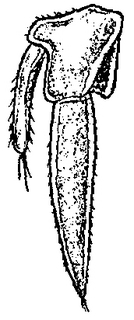
© Richardson, 1905
· 1
Porcellio laevis, uropod |
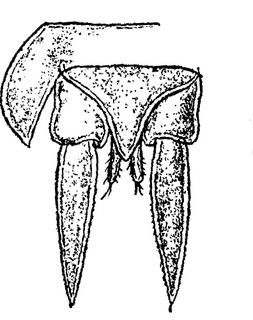
© Richardson, 1905
· 1
Porcellio laevis, telson |
|
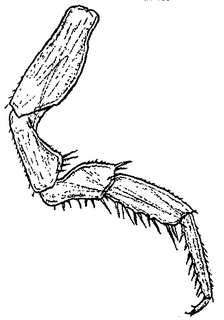
© Richardson, 1905
· 1
Porcellio laevis, seventh, leg |
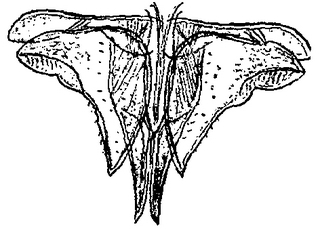
© Richardson, 1905
· 1
Porcellio laevis, first, pleopods |
|
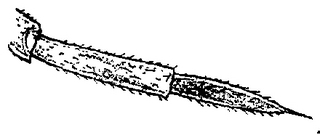
© Richardson, 1905
· 1
Porcellio laevis, flagella |
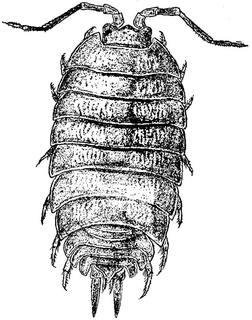
© Richardson, 1905
· 1
Porcellio laevis, dorsal |
|
Identification |
Reprinted from Richardson, H. 1905. Isopods of North America. Bulletin No. 54 of the United States National Museum.
Localities.—Oakland, California; Cincinnati, Ohio; Raymond, California; San Francisco Bay, California; San Antonio, Texas; St. Marys, Georgia; New Providence, Bahamas; Washington, District of Columbia; Hamilton, Bermudas; Colfax, California; Las Cruces, New Mexico; Unalaska; Key West, Florida; Monterey Bay, California; Esenada, Lower California; Mesilla Park, New Mexico; Phoenix, Arizona; Las Vegas, New Mexico; Cabanas, Cuba; warm spring, a few miles west of Socorro, New Mexico; Azores; Galapagos Islands; Alabaster Cave, Eldorado County, California; Alvarez, Mexico, at an altitude of 8,000 feet; Oahu, Hawaiian Islands; Honolulu, Hawaiian Islands; Caracas, Venezuela; worldwide in distribution.
This species is said to be injurious to various plants in Fort Worth, Cexas; found at roots of sugar beets; under stones; in cellars. It has also been found dead near poisoned cotton, showing that it feeds on the growing cotton plants.
Body oblong-ovate, almost twice as long as wide, 8 mm.: 15 mm.
Head wider than long, 2mm. : 3.5 mm., with the anterior margin produced in three lobes, the median lobe being triangulate, the lateral lobes rounded and larger than the median lobe. The eyes are small, composite, and situated at the base of the antero-lateral lobes. The first pair of antennae are small and inconspicuous, and are composed of two articles. The second pair of antennae have the first article short; the second article is one and a half times longer than the first; the third is as long as the second; the fourth is nearly twice as long as the third; the fifth is one and a half times as long as the fourth. The flagellum is composed of two articles, the first of which is a little longer than the second. The second pair of antennae extend to the middle of the third thoracic segment.
The segments of the thorax are subequal, the first one having the antero-lateral angles produced so as to surround the head and extending as far as the base of the antero-lateral lobes. The epimera are perfectly united with the segments.
All six segments of the abdomen are distinct, the first two having the lateral parts concealed by the seventh thoracic segment. The lateral parts of the third, fourth, and fifth segments are produced to continue the oval outline of the body. The sixth, or terminal, segment is 2.5 mm. wide at the base, is triangulate, with apex produced in a long, narrow process. The sixth segment is 2 mm. long from the base to the extremity. There is a shallow groove extending the length of the produced apex of the terminal segment. The basal article or peduncle of the uropoda extends to the tip of the posterior angles of the lateral parts of the fifth abdominal segment. The inner branch is 1.5 mm. long, and is partly concealed dorsally by the apical process of the terminal abdominal segment, but extends half its length beyond this process. The outer branch is 2.5 mm. long, and extends almost its entire length beyond the extremity of the terminal abdominal segment.
The legs are all ambulatory in character and spinulose.
In color it is a dark gray, with two longitudinal bands of a lighter color in wavy stripes, one on either side of the median line.
|
|
| Supported by | |
|
Following modified from Australian Faunal Directory
|
Top | See original
| &pull 20q v5.145 20180528: Error 301 Moved Permanently http://biodiversity.org.au/afd/taxa/8bd8b352-62b9-4fe6-8f06-a5ea00fabd09 |
Updated: 2024-04-20 03:05:23 gmt
|